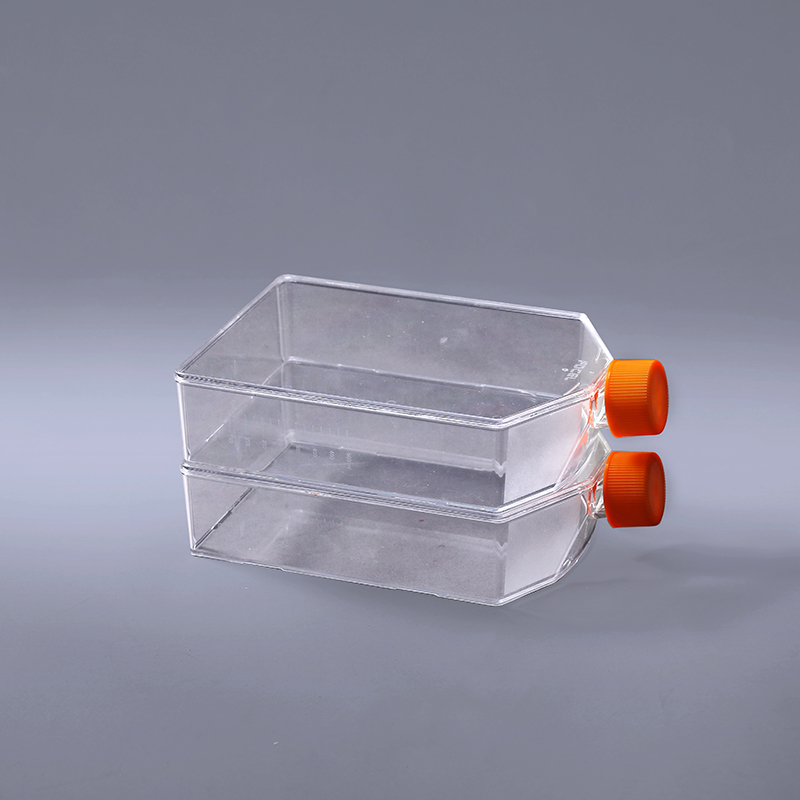은 투명도가 높은 의료용 폴리스티렌 소재로 만들어졌습니다. 다른 표면 처리 공정에 따라 친수성 및 소수성의 두 가지 유형으로 나뉩니다.: 부착 세포의 배양에 사용됩니다. 이러한 세포의 성장은 부착될 수 있는 지지 표면이 있어야 하며, 세포는 자체적으로 분비되거나 배양 배지에서 제공되는 부착 인자에 의존하여 이 표면에서 성장 및 번식할 수 있습니다. 병의 표면은 친수성 그룹을 도입하기 위해 특수 개질 처리를 거쳤습니다. 이것의 목적은 세포 성장에 더 적합한 병 표면의 접착 성능을 높이는 것입니다.세포 배양 플라스크
위의 두 가지 유형의 세포 배양 플라스크가 있으며 주로 중간 규모에 적합합니다. 실험실에서 세포 및 조직 배양. 넓은 병목 구조로 인해 피펫과 세포 스크레이퍼가 성장 표면에 쉽게 닿을 수 있습니다.Hydrophobic cell culture flask
The above are two types of cell culture flasks, which are mainly suitable for medium-scale cell and tissue culture in the laboratory. The wide bottleneck design facilitates the pipette and cell scraper to contact the growth surface.
The FAI climbed 5.9 percent year-on-year in the first 11 months of 2018, quickening from the 5.7-percent growth in Jan-Oct, the National Bureau of Statistics (NBS) said Friday in an online statement.
The key indicator of investment, dubbed a major growth driver, hit the bottom in August and has since started to rebound steadily.
In the face of emerging economic challenges home and abroad, China has stepped up efforts to stabilize investment, in particular rolling out measures to motivate private investors and channel funds into infrastructure.
Friday's data showed private investment, accounting for more than 60 percent of the total FAI, expanded by a brisk 8.7 percent.
NBS spokesperson Mao Shengyong said funds into weak economic links registered rapid increases as investment in environmental protection and agriculture jumped 42 percent and 12.5 percent respectively, much faster than the average.
In breakdown, investment in high-tech and equipment manufacturing remained vigorous with 16.1-percent and 11.6-percent increases respectively in the first 11 months. Infrastructure investment gained 3.7 percent, staying flat. Investment in property development rose 9.7 percent, also unchanged.
 English
English



















































